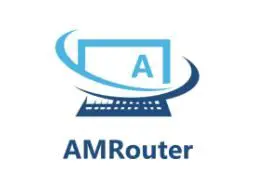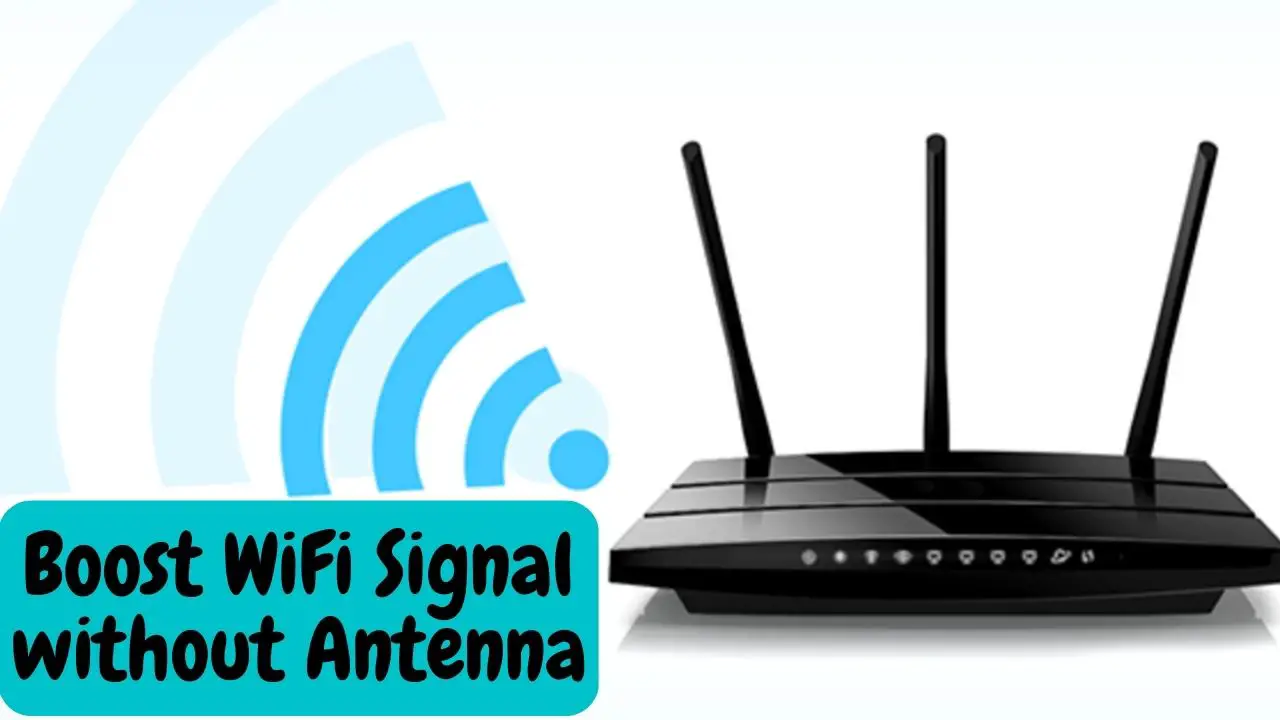Introduction
It can be difficult for an individual to understand how to boost the wifi signal of router without antenna, so we have discussed it in detail after extensive research and testing.
Are you scouring the internet for ways to improve the strength of your WiFi signal? This is a very common scenario nowadays, as WIFI or wireless connectivity has become an indispensable and integral part of our daily lives.
To fully enjoy the benefits of this global connectivity era, users must have a fast internet connection, which can be erratic at times due to weak WIFI signals. It is common for internet signals to go down due to weather or optic fiber issues, but if the problem persists after the environmental factors have been eliminated, users must take action and try to solve the problem with their wits.
Reasons Behind Weak Wifi Signals
Weak wifi signals can be caused by the following factors.
Physical Distance:
The physical distance between the router and the devices that are supposed to be wirelessly connected to the router is the most common cause of weak signals. This is due to the fact that the signal-transmitting power of wifi routers is extremely limited, far less than that of cell towers.
As a result, the router must be close to the smartphones and other devices that will be using the router connections.
The physical distance or transmission range varies by the router, with low-cost routers having a very limited signal transmission range that allows for wifi use in a relatively small area inside the house but cannot be used for the entire house. Users can use the wifi analyzer app to measure the area available for wireless connectivity to determine the range of wifi routers.
Interference:
WIFI signals have the same RF as radios and cell phones because they operate in the same Electromagnetic spectrum band. Microwaves, in addition to cell phones and radios, are available. The RF electromagnetic spectrum is used by baby monitors and many other devices. All of these devices, as well as wifi networks, can cause interference.
This electronic interference is more intense in densely populated areas or small apartments where many devices and networks are intermingled in close proximity.
If your router is properly placed and your workload is not too strenuous, and you still have a slow internet connection, the cause may not be geographical distance but an obstruction in signal transmission. Wifi signals, which are electromagnetic waves, can be absorbed by walls, ducts, furniture, and a variety of other home appliances.
Obstruction:
This reduces signal transmission and thus speed, resulting in buffering and a poor internet connection. Signal blockers have a greater impact on high-frequency networks, such as 5GHz WiFi networks.
This is due to the fact that low-frequency signals can easily pass through signal-obstructing objects such as walls and ducts, whereas higher-frequency signals have difficulty passing through the obstructions and are mostly absorbed, resulting in reduced wifi signal transmission.
Capacity:
The ability to handle connections is a direct measure of internet speeds, as demonstrated by the fact that not all computers perform similarly. Some computers struggle with simple web browsing, whereas others can handle 3D objects and other complex tasks.
The same is true for internet connections and wireless routers. Some low-cost routers can only support 10 connections, whereas some high-tech premium routers from NETGEAR and Nighthawk can handle up to 40 connections.
Now that you’re aware of the underlying causes of your internet connection’s slowness, it’s time to solve these issues and enjoy a lightning-fast internet connection.
Some Ways to Boost your WiFi without an Antenna
The eight most common methods for increasing your internet speed without using an antenna are listed below.
- Change Router Location: Place the router in a central location and away from obstructions.
- Update Router Firmware: Ensure your router has the latest firmware to improve its performance.
- Use a Wireless Extender: Place a wireless extender near the weak signal area to amplify the signal.
- Adjust Router Antennae: Reposition the router’s antennas for a better signal.
- Change Channel: Interference can occur on crowded channels, change the channel to a less crowded one.
- Disable Unnecessary Features: Turn off features such as guest networks, VPN, or other non-essential services.
- Disable Band Steering: If available, disabling band steering can improve 2.4GHz performance.
- Optimize the Network Name: Rename the network and avoid using special characters.
Conclusion
To resolve the issue and improve WIFI strength, you must first understand what is causing the problem. That is, users must be aware of the physical factors that result from poor wifi signals. The most obvious of these factors were debated with the help of experts.

